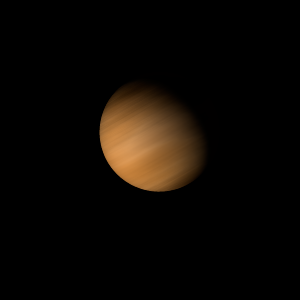|
|
Space Astro
|
Info for exoplanet "Uqgreip"
| Scientific (actual) data |
|---|
| Name | TOI-2000 b |
| Planet status | Confirmed |
| Planet mass | 0.0324 |
| Radius | 0.2355 |
| Orbital period | 3.09833 |
| Semi major axis | 0.0426 |
| Orbit eccentricity | 0 |
| Inclination | 84.73 |
| Discovered | 2022 |
| Updated | 2022-09-30 |
| Tzero tr | 2458900 |
| Impact parameter | 0.763 |
| K | 4.63 |
| Temperature (kelvin) | 1475 |
| Publication | Published in a refereed paper |
| Detection type | Primary Transit |
| Mass measurement type | Radial Velocity |
| Radius measurement type | Primary Transit |
| Star name | TOI-2000 |
| Right ascension | 146.4° |
| Declination | -66.69° |
| Mag v | 11 |
| Star distance | 173.6 |
| Star metallicity | 0.438 |
| Star mass | 1.074 |
| Star radius | 1.113 |
| Star age | 5.1 |
| Star temperature | 5607 |
| Wikipedia article | TOI-2000 b |
Back
| |
| Fictional info (?) |
|---|
| Suggested name | Uqgreip |
| Planet type | Small hot gas planet |
| Its orbital period around TOI-2000 of 3.1 earth days is the shortest of all the planets in its solar system.
When viewed from Earth, this proximity to TOI-2000 means the planet can only be seen near the western or eastern horizon during the early evening or early morning. |
| Atmosphere | Hydrogen deuteride (HD) | 75% |
| Carbon monoxide | 14% |
| Hydrogen | 5.8% |
| Krypton | 2.8% |
| Xenon | 0.74% |
| Carbonyl sulfide | 0.18% |
| Molecular hydrogen | 0.0048% |
| Atmospheric pressure | 16 bar |
 |
| No known satellites |
| Google search for Uqgreip |
|
Website by Joachim Michaelis
|
|
|
|